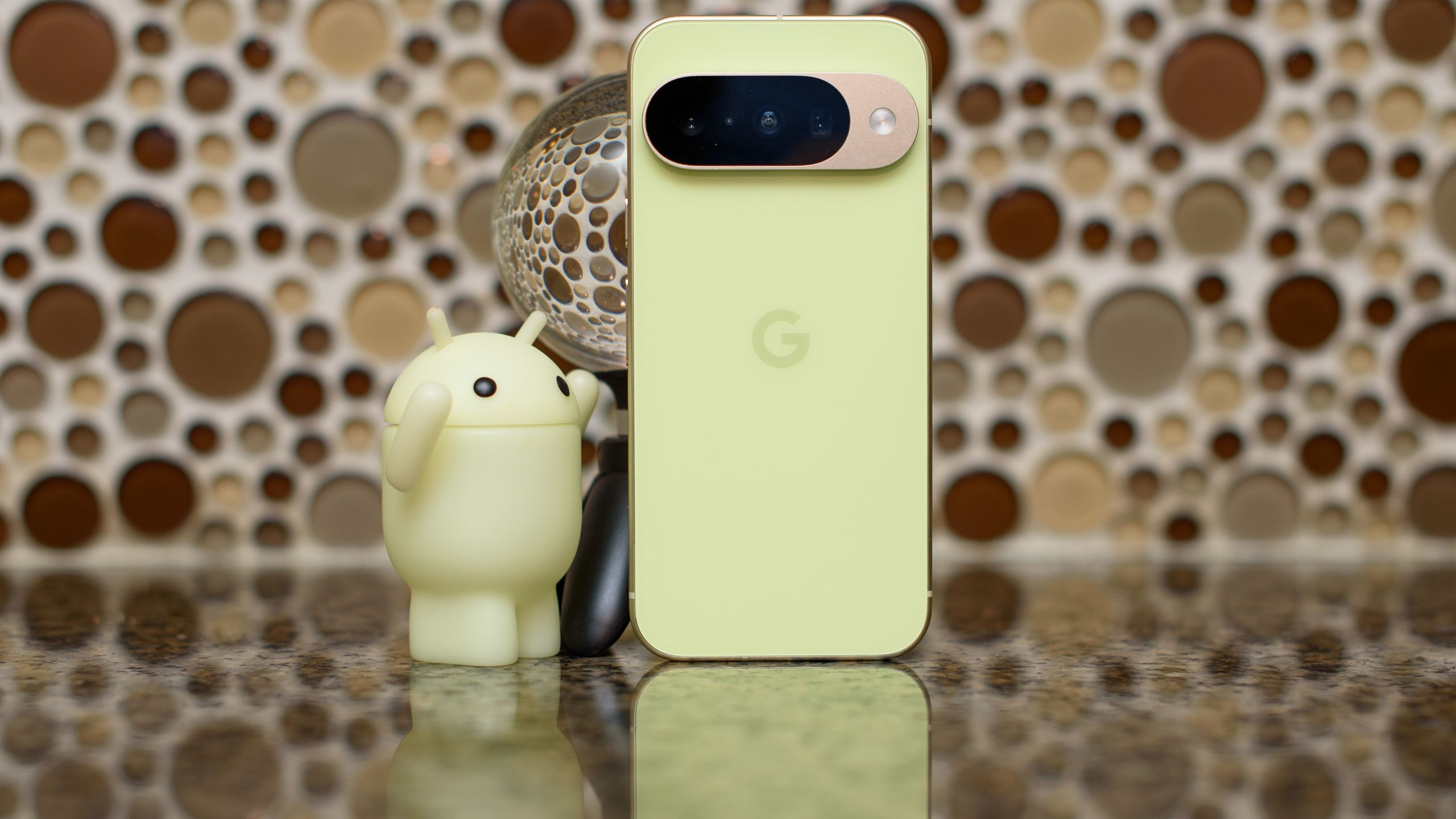It’s officially Black Friday season: Amazon has started sales, deals are popping up at retailers in the US and UK, and phone manufacturers themselves are offering attractive discounts and trade-in deals. With this in mind, Google has announced that the Pixel 10 family will now support AirDrop compatibility with iPhones, with other devices to follow.
Whether this is a deliberate move to attract potential buyers to the latest Pixel flagship series or just an opportunity, this announcement comes at a good time for Google. In addition to being the best Pixel phones ever, the Google Pixel 10 series has also been the best choice for Black Friday deals so far, with discounts on the base model Pixel 10, as well as the upgraded Pixel 10 Pro and the larger Pixel 10 Pro XL.
The above announcement of new AirDrop support at such a crucial time for phone sales fits in with Google’s strategy for the Pixel 10 family, which seemed focused on making the Pixel 10 as compatible as possible with the iPhone while creating a competitive advantage.
At launch, Google introduced the new PixelSnap set of features and accessories for the Google Pixel 10 family, a magnetic charging system and accessory that resembles and works with the iPhone’s MagSafe system.
PixelSnap adds a wide range of accessories and charging solutions to the Google Pixel and is surprisingly compatible with Apple’s MagSafe.
And now, as announced in a full-page public service announcement*, the Pixel 10 series has AirDrop in all but name. But is Google getting to the heart of its users’ needs by copying Apple, or is it simply reaching for the forbidden fruit that may remain out of reach forever? (*Google almost certainly had to get approval from Apple behind the scenes, but Cupertino has yet to comment on the new feature.)
Fact: If you were to ask me what the key features of the Google Pixel 10 are, I’d put PixelSnap, the new 5x telephoto lens and AirDrop support right now at the top of the list: of these, the telephoto lens alone is not an attempt to go after Apple (but rather after Samsung’s legendary triple camera system found in the base Galaxy S25).
From a proactive point of view, then, there is little that distinguishes the Pixel 10: its core features feel more like a response to current trends than an attempt to create new ones. Regardless of what you think of the camera controls, the action button, or even Apple’s Fusion Logic camera, the world’s biggest tech company has never been afraid to get a little weird to give the iPhone a distinct look (remember 3D Touch, anyone?).
If Google makes iPhone emulations too common a feature, I’m not sure it will have much of an impact on the brand’s mobile identity. That would be a shame, as these phones have a lot of character.
Google deserves credit for improving iPhone support (iPhone 17 pictured), but the company should also focus on offering more value to Android fans.
And since the iPhone is so dominant in the US and Samsung has a clear advantage over its Android competitors, I’m not sure it’s best for Google to adopt its new identity as “iPhone, but Android.” Yes, Android is more flexible and yes, the Pixel 10 has an optical zoom camera, but the iPhone 17 has a bigger sensor for its zooms and a much faster chipset, making it feel like a seesaw and roundabout between the two.
Let me be clear: I think the decision to make Android Quick Share interoperable with AirDrop is brilliant and a decidedly user-friendly decision that will benefit users on both sides of the aisle. I also have a lot of sympathy for Google because it always seems to have to make everything work between Android and iOS, something that Apple seems to have little time with.
But ultimately, the phone market places more value on innovation and reputation. So with the next generation of Pixel phones, and even with the next round of software updates, I’d like to see new features that seem independent of the Android-Apple competition.
This can take the form of new hardware; perhaps an ultra-high refresh rate screen or a new AI-related hardware button or an updated overall design to continue the evolution of the camera field. Or it could take the form of software, like supplementing the AI tools mentioned in our Pixel 10 review.
Again, Google is by far the most benevolent partner in the iOS-Android era Relaxedand as such deserves its flowers. But the Pixel series needs to keep making headlines to compete with rival Apple’s reputation.
Today’s best Google Pixel 10 deals
